Introduction
Summer can bring moments of joy but also moments of suffering for allergy sufferers. During this hot season, the environment is full of pollen and allergens that cause sneezing, watery eyes and itching. A real hell for individuals with more invasive forms of allergy. In this article we will explore how Red Light Therapy can help alleviate symptoms and help the body develop the antibodies needed to combat this discomfort.
What is Red Light Therapy and how does it work?
Red Light Therapy, also known as Photobiomodulation, is a non-invasive treatment utilizing certain wavelengths of red light, which pass through the skin and have various health and aesthetic benefits. Unlike traditional pharmaceutical treatments, this innovative therapy works directly at the root of the problem. It stimulates cellular activity, improves circulation and helps the body heal naturally. This approach focuses its benefits in the mitochondria, the part of the cell responsible for energy production, the same energy used to overcome common diseases and problems. If you haven't already done so, we encourage you to read our blogs “How Does Red Light Therapy Work?” and “6 Mistakes Not to Make When You Are Doing Red Light Therapy”
How allergy affects health and well-being
Allergic rhinitis is a series of allergic symptoms that occur as a result of stimulation of the nasal mucosa by allergens. Currently, remedies are generally based on symptom control, depending on the patient’s condition, and the use of drug therapy, immunotherapy, and invasive therapy, but a radical cure is difficult to achieve.
Drug therapy consists of the administration of oral antihistamines and nasal hormone sprays. Antihistamines can inhibit allergic reactions and relieve symptoms. Nasal hormones can reduce inflammation and improve symptoms. However, long-term use can cause drug resistance, side effects like dry mouth and drowsiness, and are often not suitable for pregnant women, children, or the elderly.

Immunotherapy (or desensitization therapy) involves subcutaneous injections of allergens to stimulate the production of specific antibodies and increase tolerance. While effective, it requires a long treatment period (up to 2–3 years), which can be difficult to maintain.
Invasive therapies include microwave, laser, and radiofrequency treatments, and surgeries like pterygoid neurotomy and presenile neurotomy. These may work short-term, but carry risks of complications like dry eye and loss of taste, and have limited long-term success.
The medical community has been seeking alternative treatments, and red light therapy has emerged as a promising solution. Studies confirm that red light (660–850 nm) can trigger photobiostimulation of nasal tissues, strengthening the nasal mucosa to resist allergens. It works by reducing histamine release and slowing immune responses to allergens like pollen.
Your Clinical Takeaway
This therapy resulted in improvement of allergic symptoms in 72% of patients with allergic rhinitis (reported in the American Journal of Allergy, Asthma and Immunology in 1997). Recent use in our department has observed improved efficacy and no serious side effects have been observed. This light therapy uses a low-energy, narrow-frequency red light, a visible light that is not harmful to the eyes. NoMore has recently developed an ideal device to treat this stressful condition: NoMore® Sinus Congestion. This wearable device is targeted to defeat common nasal problems and can improve allergy symptoms. This treatment is suitable for people of all ages. The typical course of treatment is two weeks, 2/3 times a day, for 10 minutes each time.
Check out NoMore® Sinus Congestion now by clicking here.




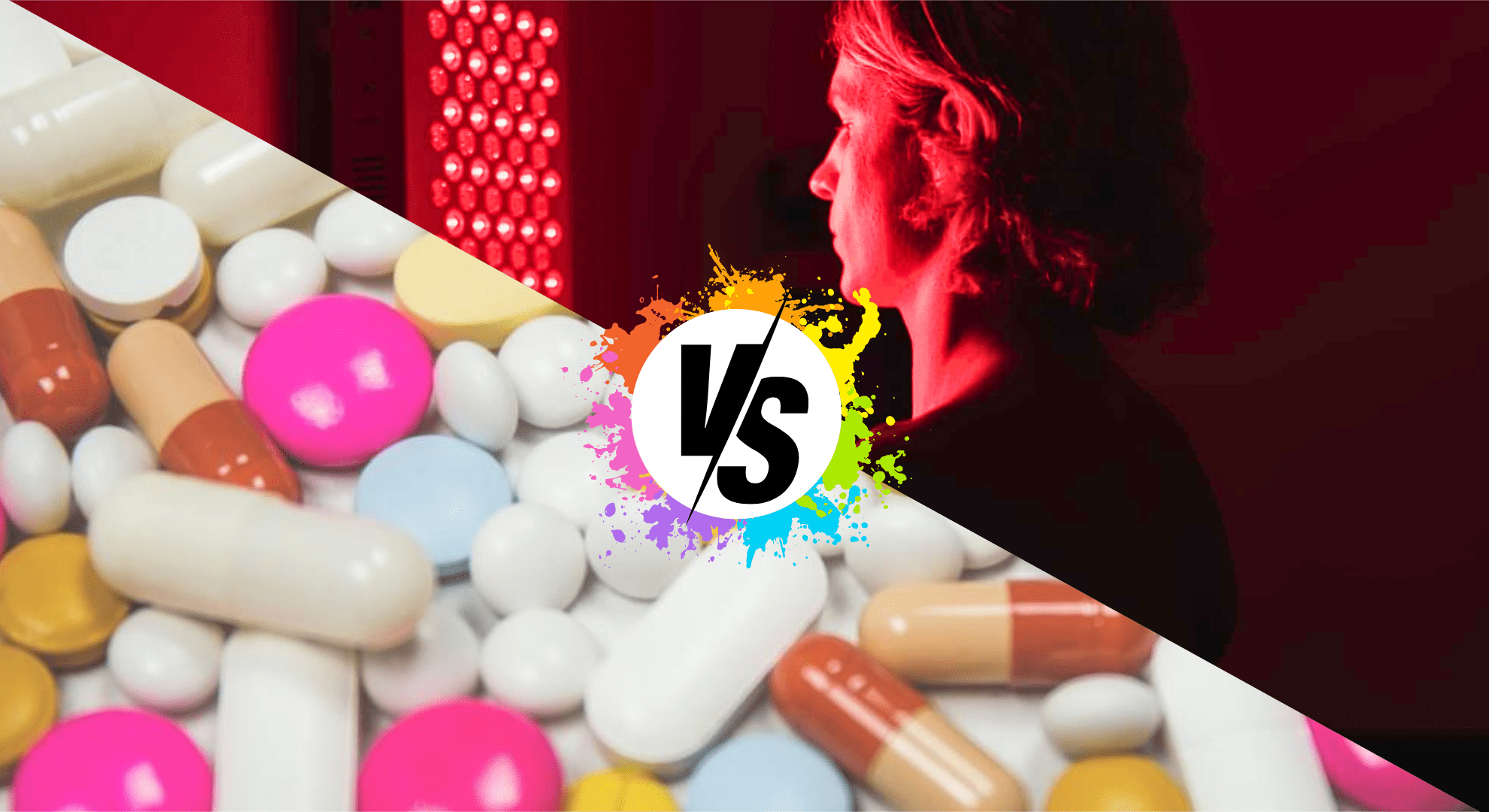
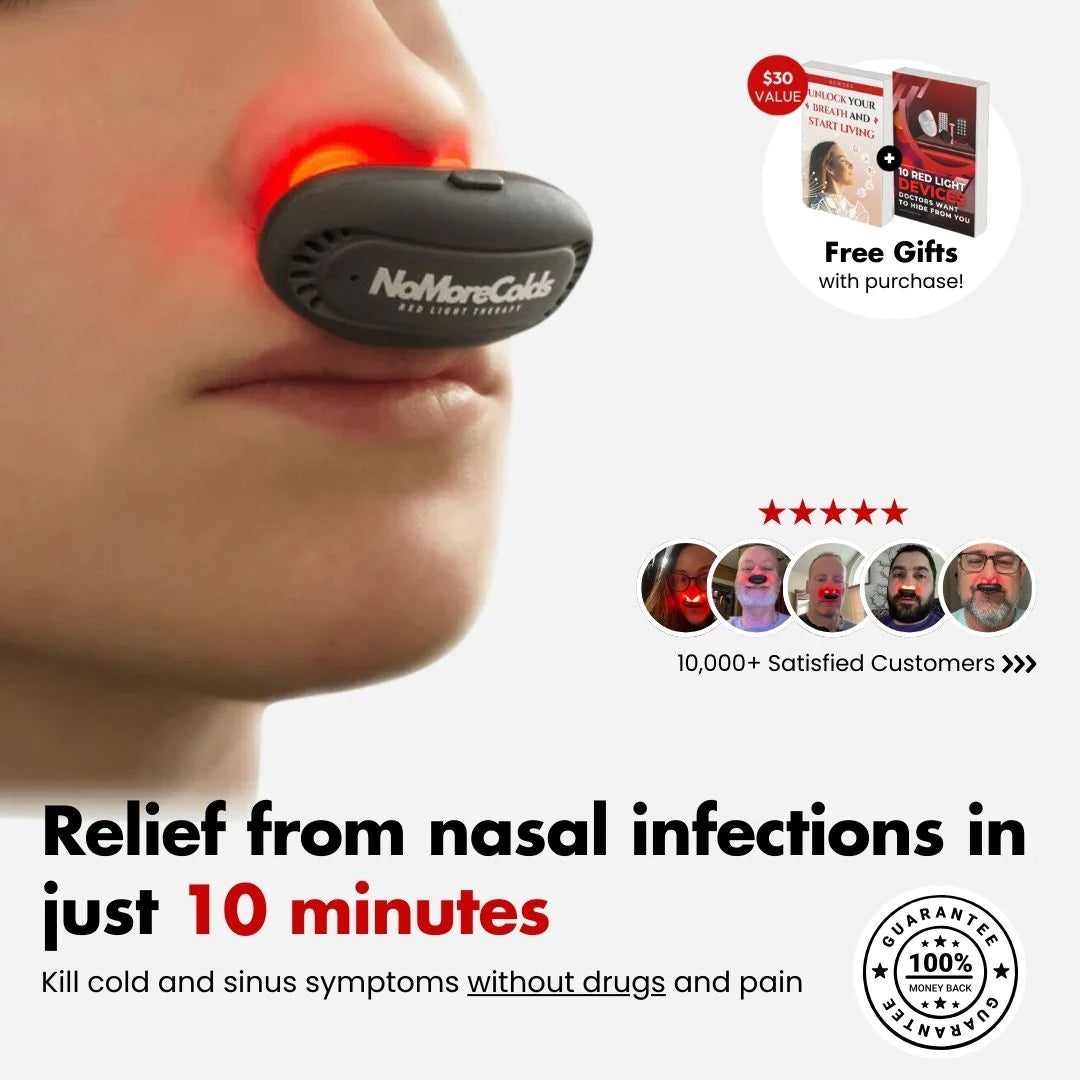
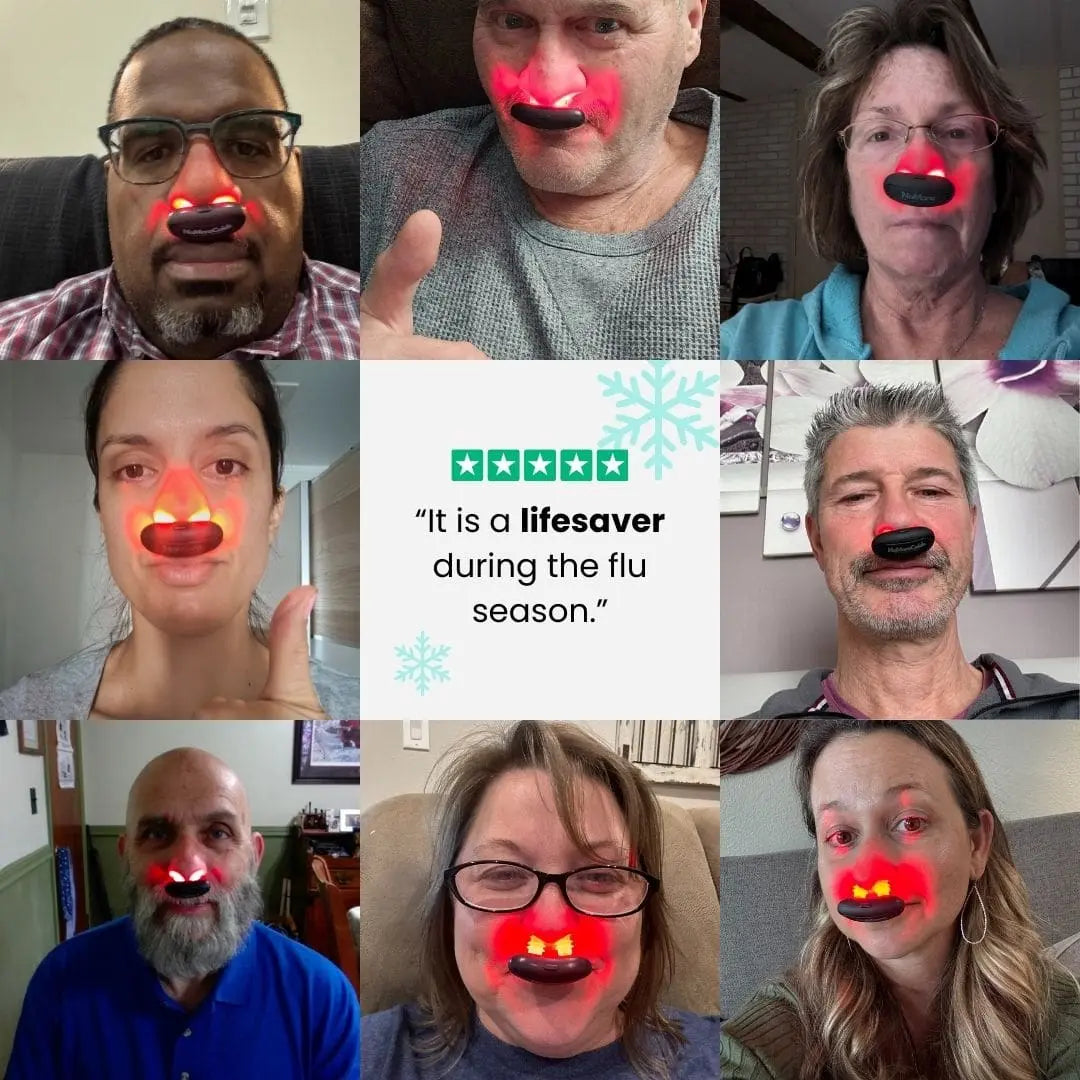
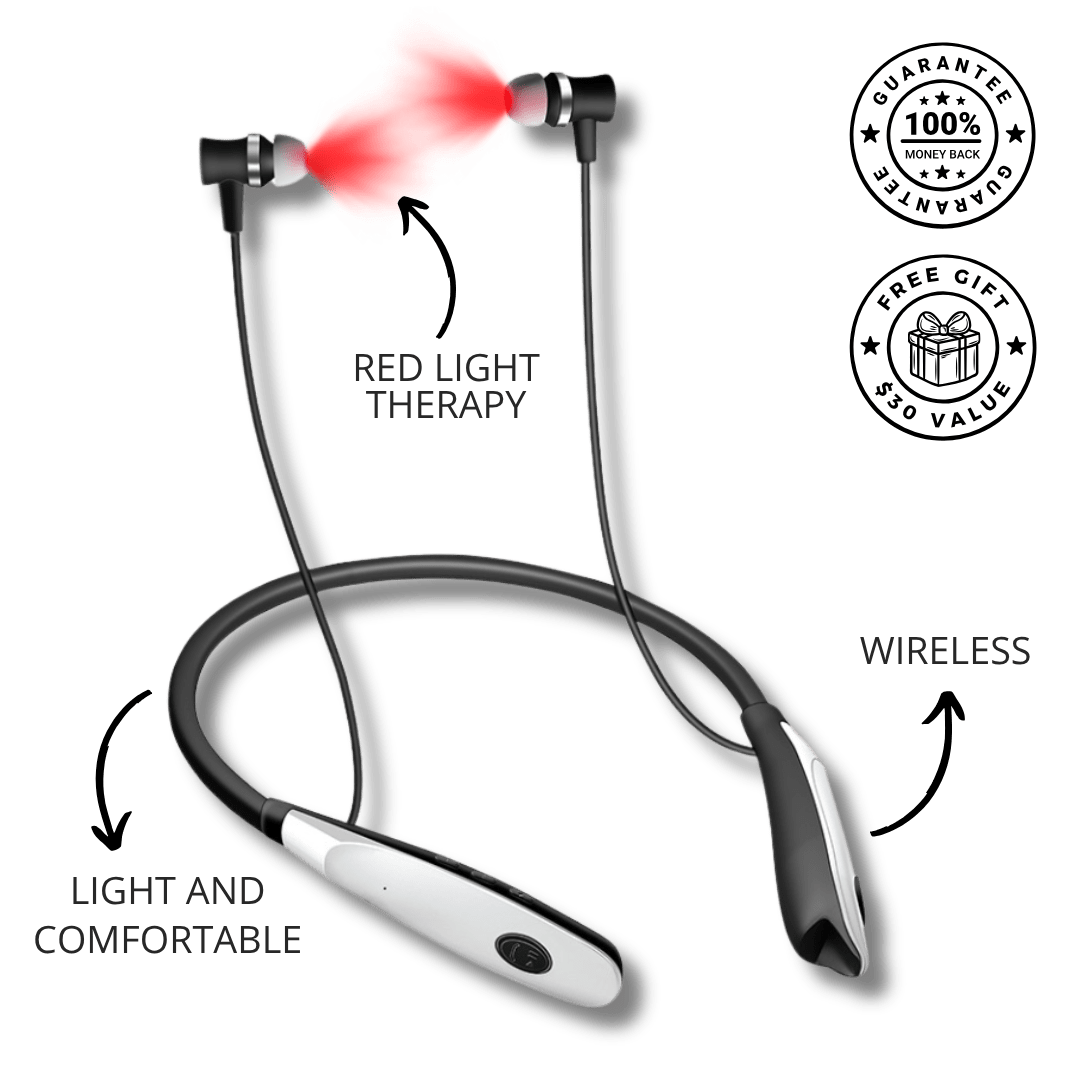
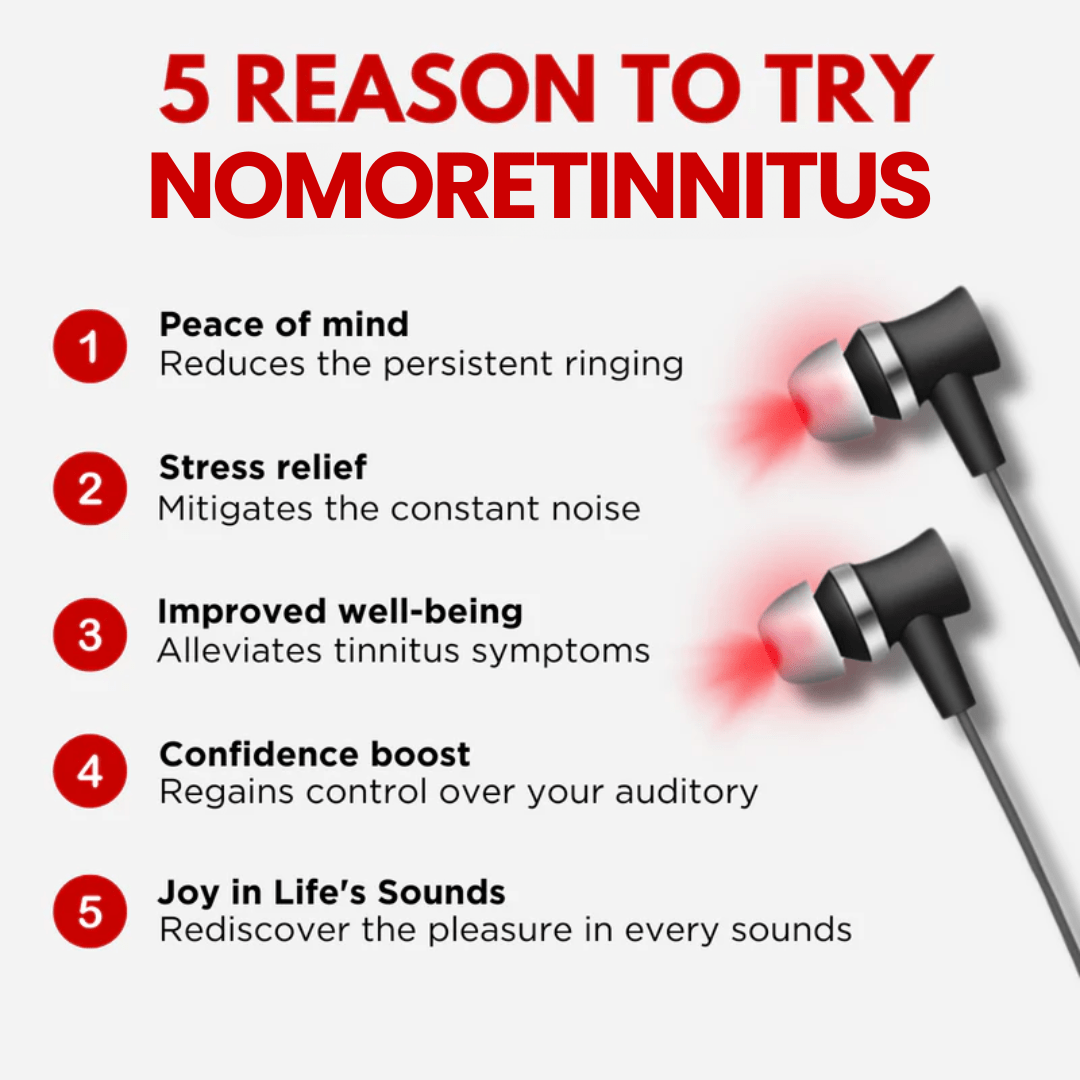
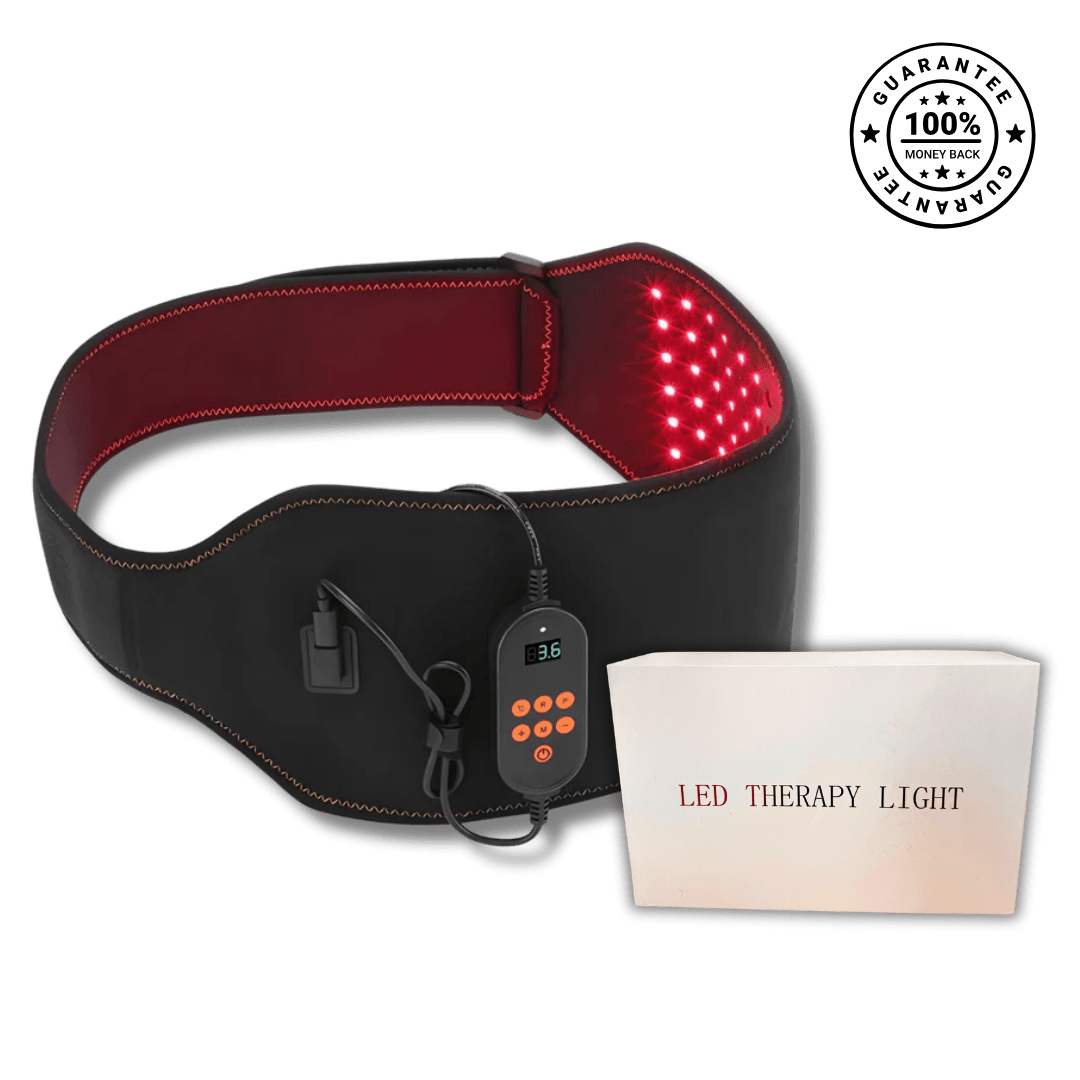
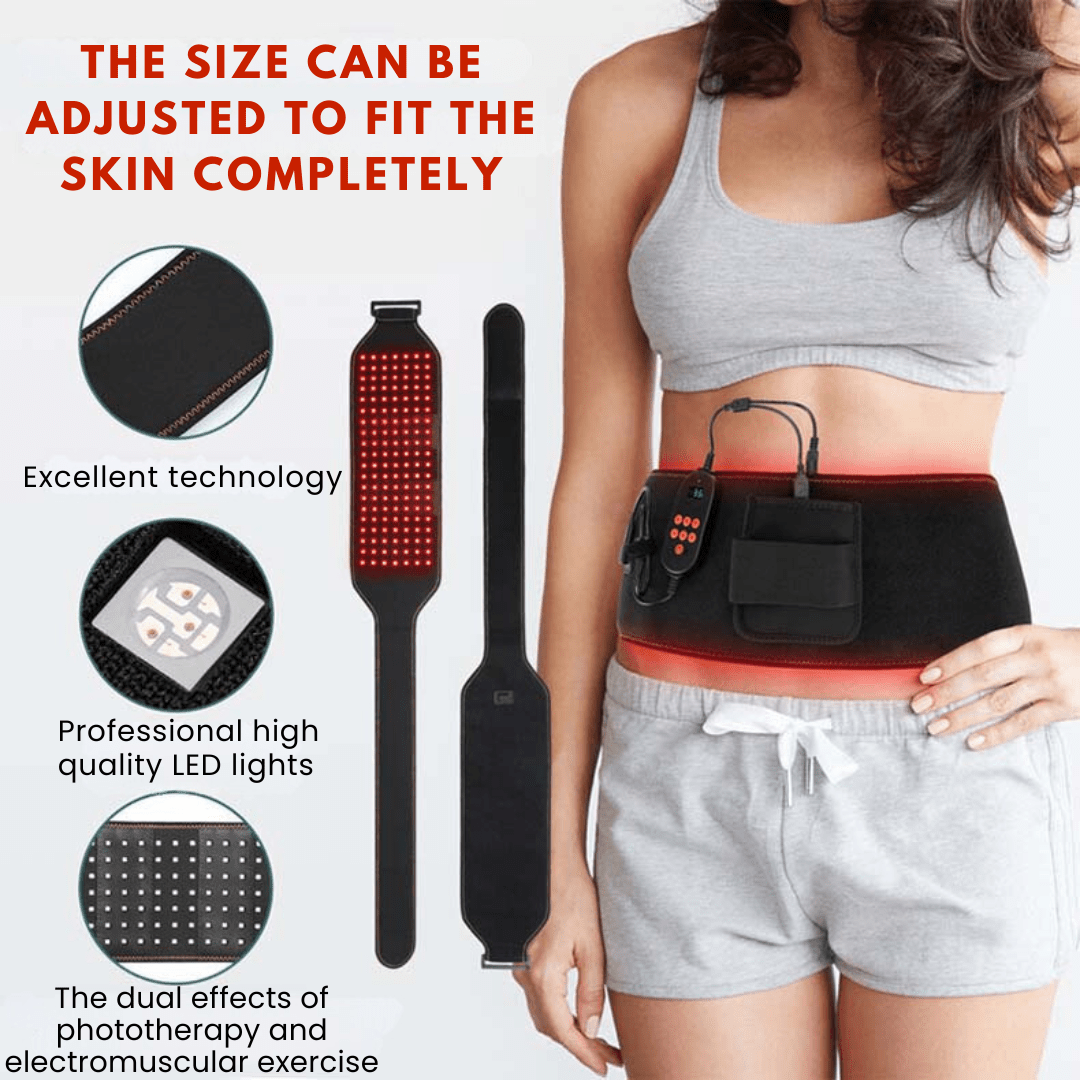
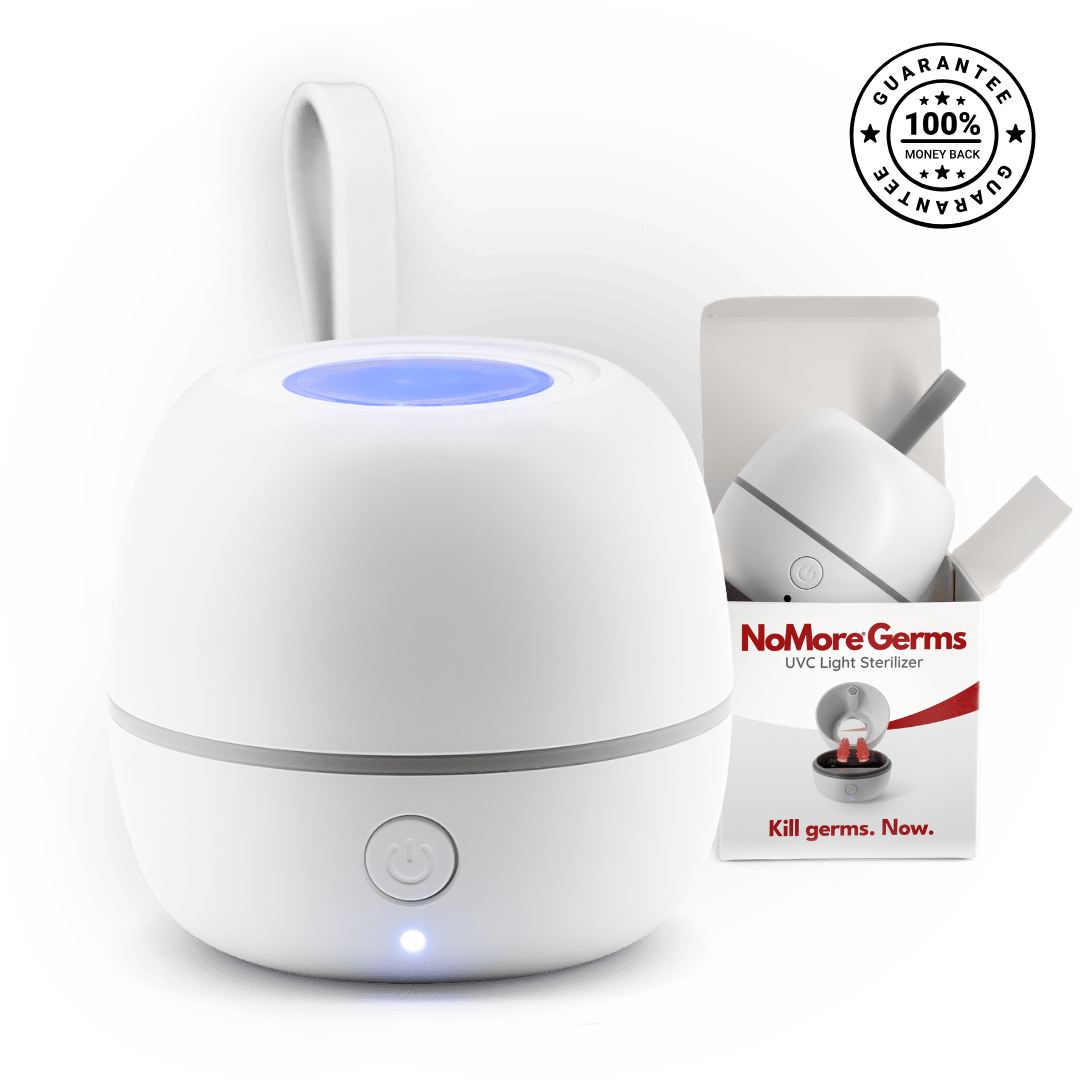
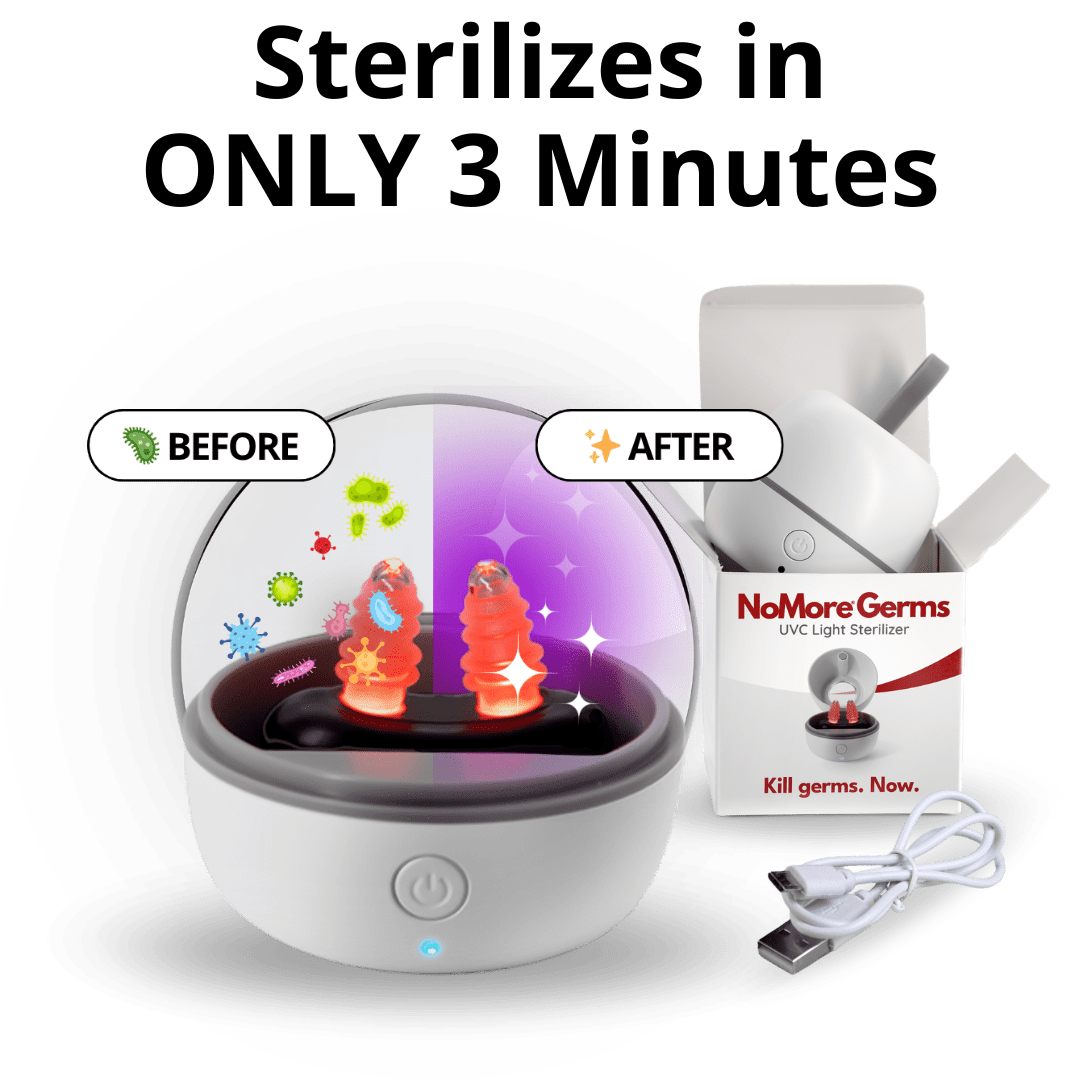
Leave a comment
All comments are moderated before being published.
This site is protected by hCaptcha and the hCaptcha Privacy Policy and Terms of Service apply.